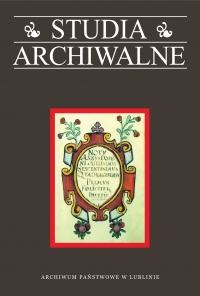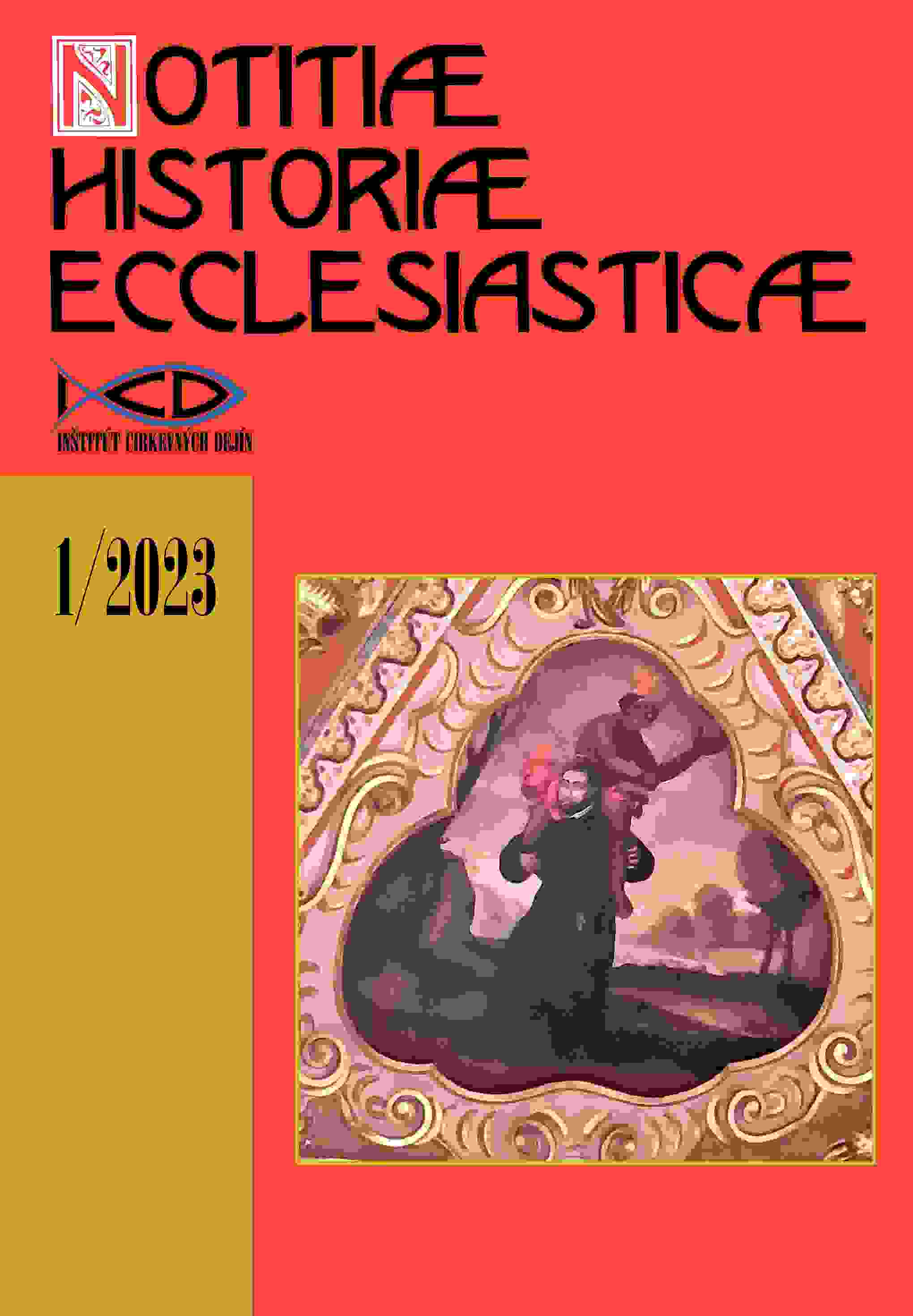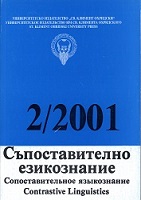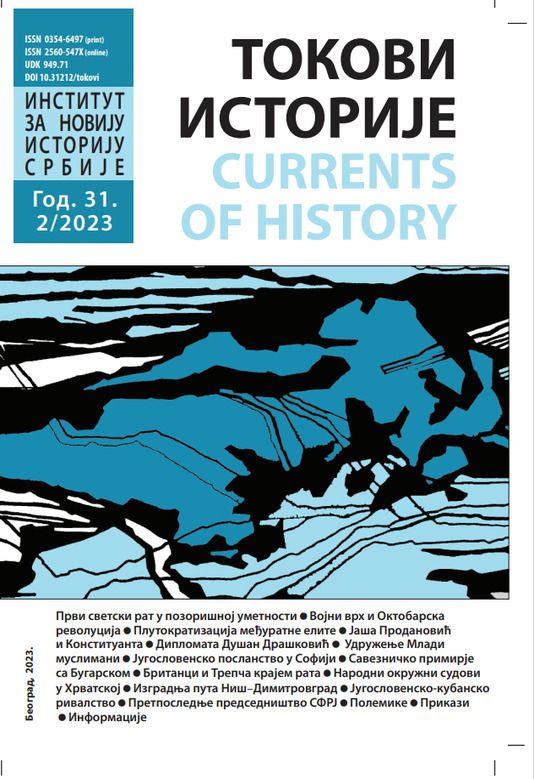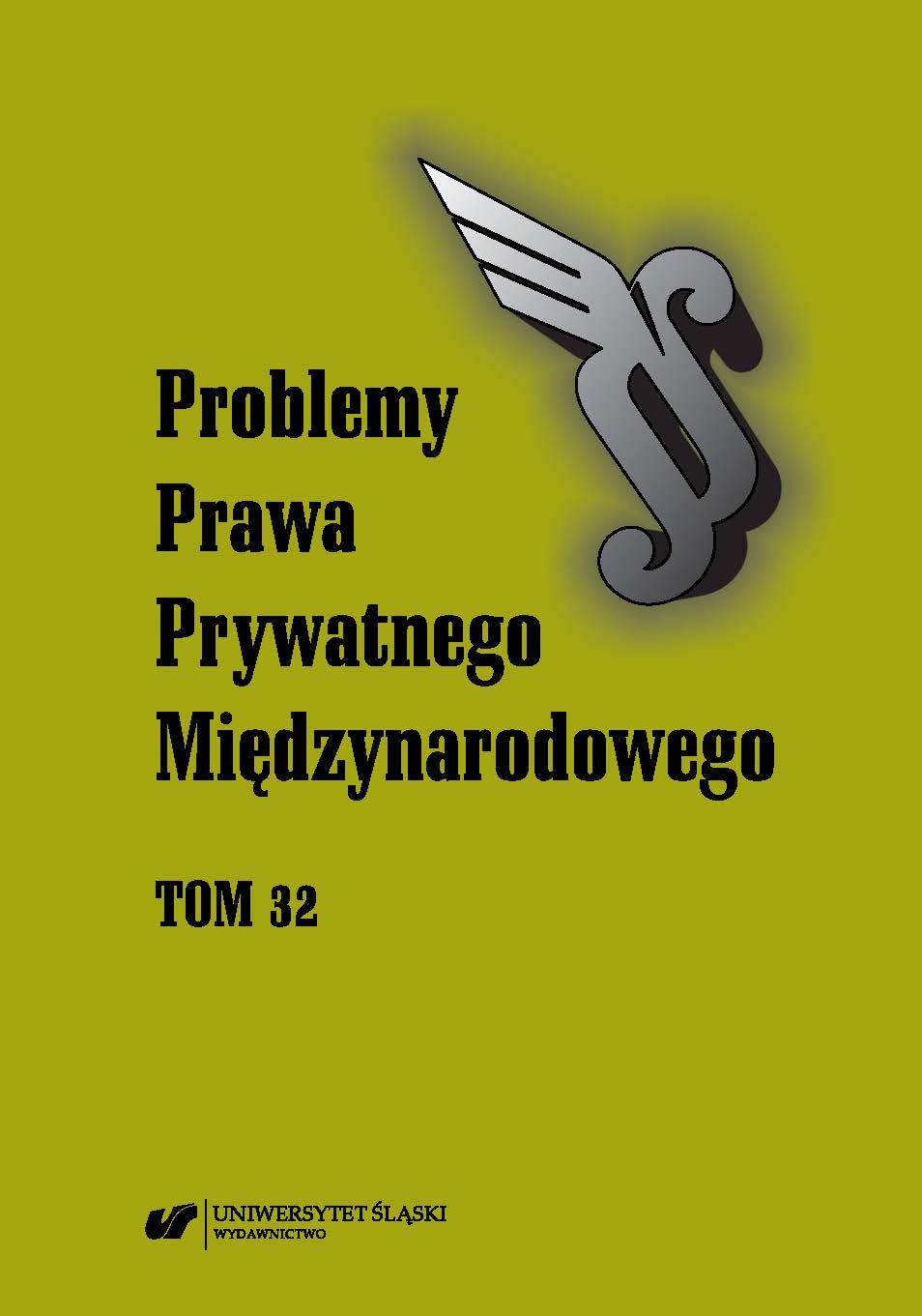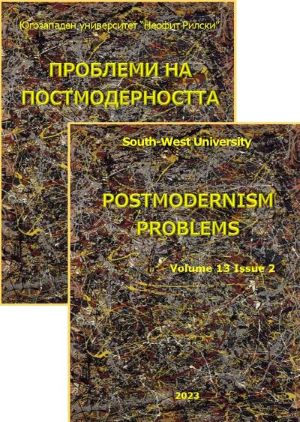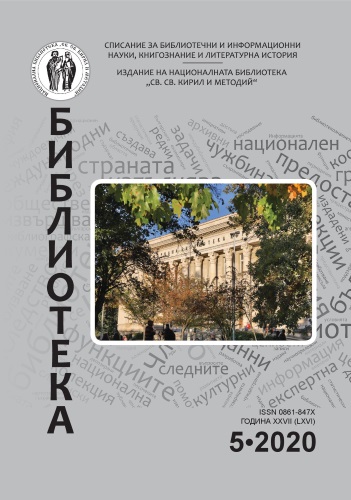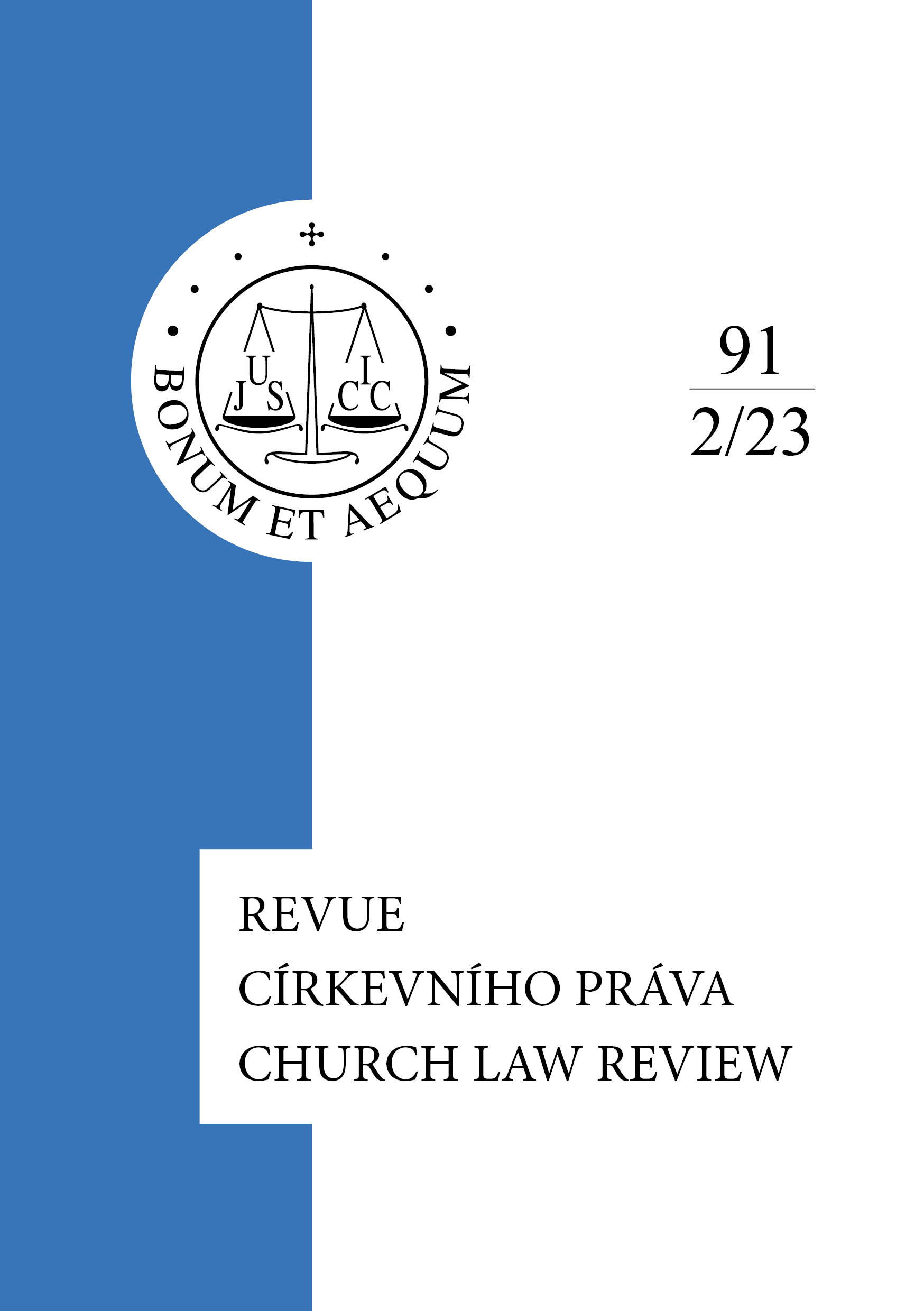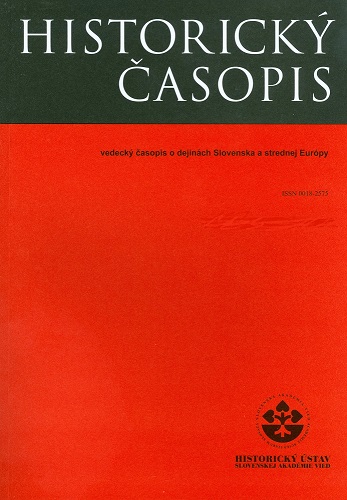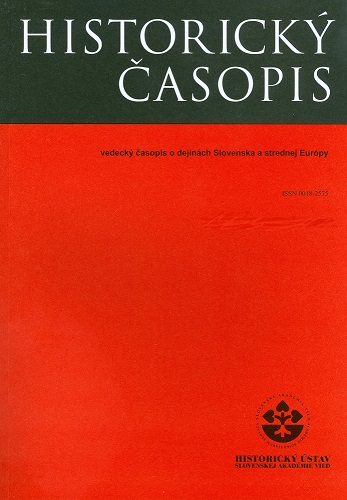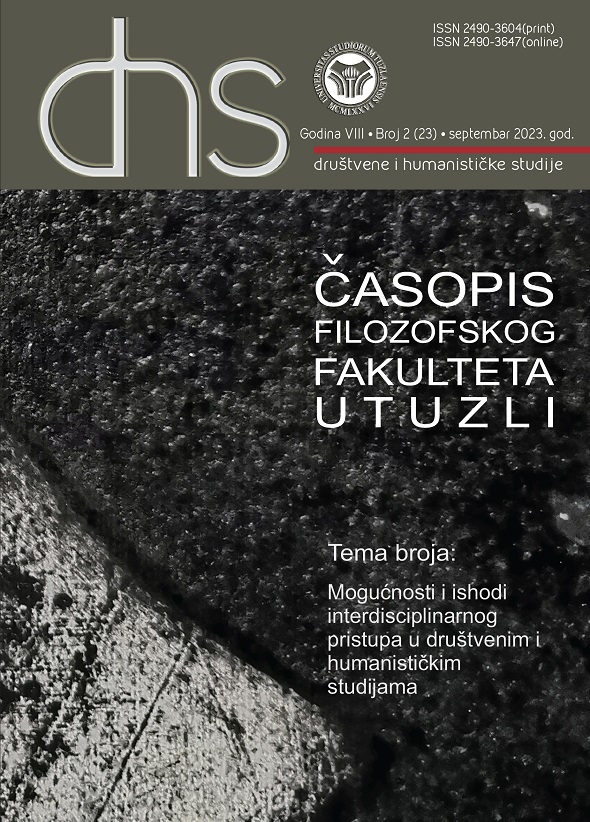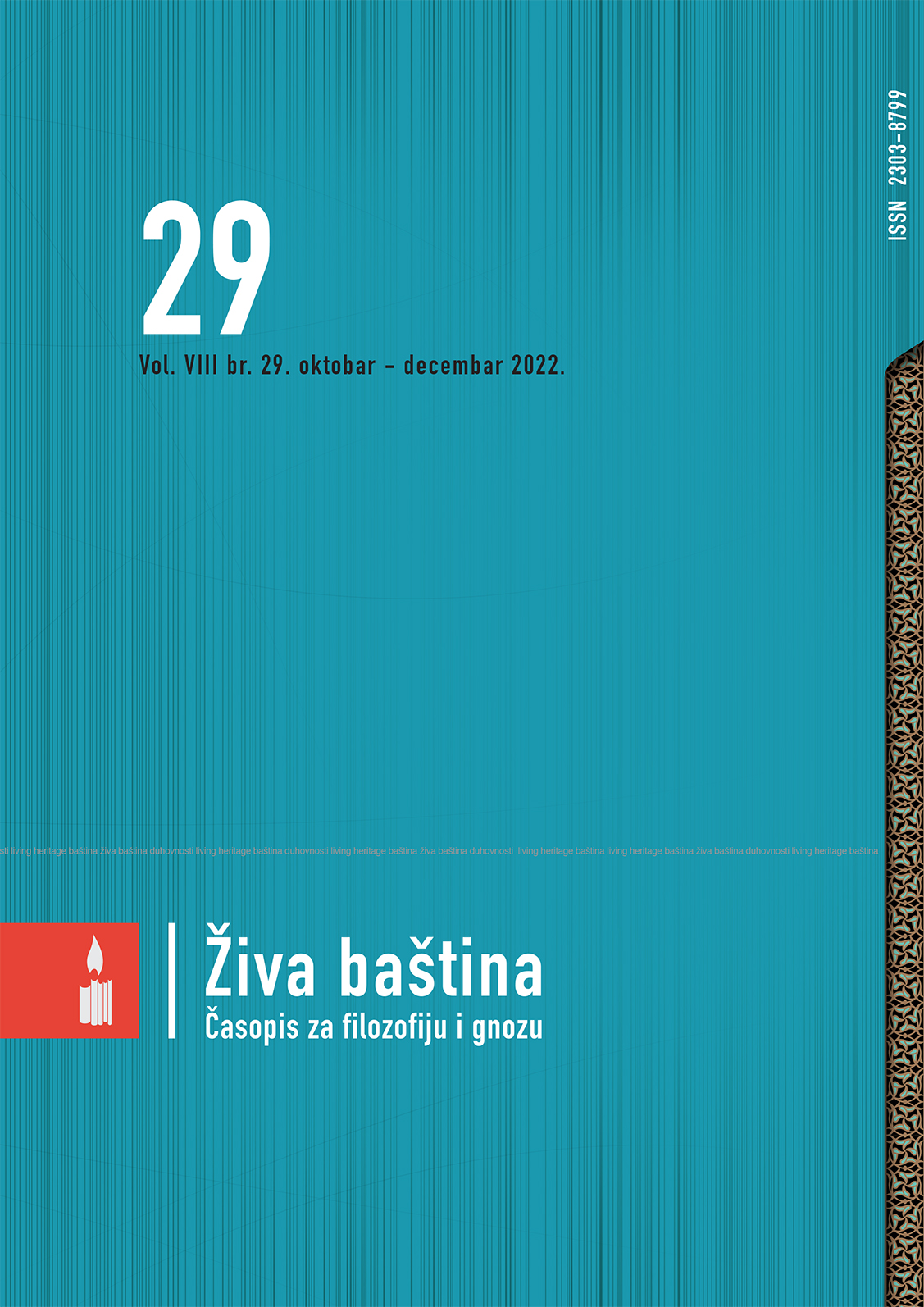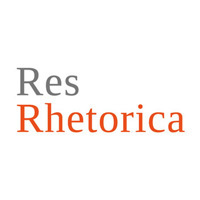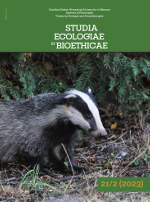
Communicating Environmental Problems as a Basis for Creating Sustainable Family Habits. CRO Laudato Si’ Research Results
The paper presents the results of a research conducted among Catholic believers in Croatia during 2020 and 2021. The research was carried out as part of the CRO Laudato Si' project (N=1324). In the second phase, four focus groups were conducted with 20 participants. The overall objective of the research is to determine whether families communicate about environmental problems and to describe the experience of communication and sustainable habits in the family. The results show that communication on environmental problems in the family is democratic and open. The vast majority of respondents (97%) mostly or completely agreed with the statement: “It is necessary to point out the importance of environmental problems in one's own family and society”. The results of the focus group provide a deeper insight into family relations and reveal the family as a social relationship within which environmental problems are not discussed regularly, but some habits are cultivated spontaneously. These are daily sustainable habits such as waste separation, water and energy saving, etc. However, the results show that younger family members pass on information on this topic to the elderly and therefore their role on micro-level is significant. That role is related to meso level, and to educational institutions in the phase of secondary socialization. We conclude that families from our sample have a non-economic exchange of information on environmental problems. Communication (non-verbal especially) about environmental problems in the family is important for both children and parents and can empower the willingness to change unsustainable family habits.
More...
